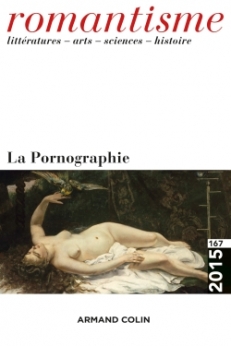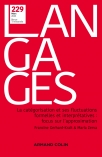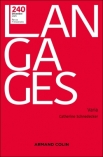
Romantisme n° 167 (1/2015)
Pour acheter ce numéro, contactez-nous
Recevez les numéros de l'année en cours et accédez à l'intégralité des articles en ligne.
Au-delà du témoignage qu’elle offre sur l’érotisme dans la littérature de la fin du dix-neuvième siècle, l’écriture « pornographique » de Huysmans est également un critérium inattendu de l’unité de l’oeuvre. En effet, si la pornographie est au coeur de ses pratiques sexuelles et littéraires, elle reste étonnamment discrète dans les romans naturalistes qui ont pourtant fait la réputation sulfureuse de l’auteur. Au contraire, ce sont les poèmes du Drageoir aux épices qui donnent à lire l’amour sadique, la crudité sexuelle qu’on retrouvera dans À rebours. Le monde onirique ouvre alors l’espace d’une spiritualisation de l’ordure qui transfigure l’écriture du sexe en écriture de la monstruosité et les noces de la chair en noces spirituelles. Après s’être plu à provoquer le bourgeois,Huysmans s’emploie ainsi à scandaliser les bigots au moyen du même langage, faisant basculer le point d’équilibre de sa pornographie de pornê à graphê.
Beyond the evidence it offers about eroticism in literature at the end of the 19th century, Huysmans’“pornographic” literature also unexpectedly signals the work’s unity. Indeed, although pornography was at the heart of Huysmans’literary and sexual practice, it stays surprisingly discreet in the naturalist novels that are at the origin of his reputation for provocation. Thus, it is the poems from A Dish of Spices that give the reader to discover sadistic love, or the sexual bluntness that will re-emerge in Against Nature. This oneiric world then opens up onto a spiritualisation of dross, which transfigures the writing of sex into a writing of the monstrous, and the celebrations of the flesh into those of the spirit. After having had the pleasure of provoking the bourgeois, Huysmans can thus scandalise bigots with the use of the same language, passing through pornê to graphê in his pornography.

